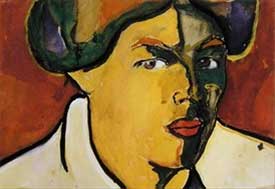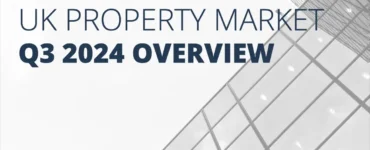
By James Butterwick, art advisor to Oracle Capital Advisors
Let us start with some cold, hard facts.
If you had invested $250,000 in Russian Art from 1890-1930 with me between 1994-1996, I would have given you a return of $5,000,000 by 2008. Sounds spectacular? Apparently not – shares in Gazprom would have given a greater reward? If, ten years later, you had invested $3,000,000 with me, I would have given a return of $8,500,000 by 2008 – a nice return over three years but apparently gold, or was it real estate or zinc mining, that showed greater growth? I have no idea. I am an art dealer, not an investment banker.
These sales take on a greater significance when one considers that they took place between October 2008 and June 2009, i.e. the eight months that followed the world financial crisis. We bought on the crest of a wave and yet sold successfully during a financial trough. These returns would look more impressive today for I would estimate to sell for between $15-17,000,000. This offers evidence to the claim that people ‘move into collectibles’ when times are rough and also shows that great art will always find a buyer and may even be a “financial-crisis-free” investment.
There was no calculated, specifically-directed investment strategy on our side, we merely stuck with the tried and tested method of buying not names, but great pictures.
BLUE CHIP PURCHASES
The words ‘blue chip’ means buying the best paintings. It is no secret that even the best artists painted weak pictures and these are the ones to avoid. A blue-chip investment can be any price from £10,000 to £100,000,000 but the advice is simple. Listen to your dealer or auction house representative. They have the experience to spot the great paintings. They are the essential filtering mechanisms for buyers, sorting out the masterpiece from the weak painting or, at worst, the fake.
Dealers have a phrase, ‘to talk a picture off the wall’ and I have brokered such deals. Party 1 has a painting that they have no intention of selling but Party 2 is so keen to obtain the work that they will offer way above market price. Thus both parties get blue-chip returns, either a museum quality painting or a high price. Such an approach works for such paintings remain desirable commodities, even in the toughest of times.
Remember. To overpay is fine, to underpay is potentially fatal. There simply are no bargains around.
George Kostakis
Paying top dollar is quality understood by real collectors, George Costakis among them. A Greek national living in Moscow, Costakis began collecting Russian avant garde in 1948, amassing the greatest collection in the world. In the State Museum of Thessalonika where the collection now hangs is a list of his rules for buying:
• A collector must not haggle.
• A work of high artistic quality is literally priceless to the collector.
• For such a work he will always find that he has paid less than it is worth.
• Rationalization is the collector’s greatest enemy.
CONCLUSIONS
The Art market is, essentially, like any other. Supply and Demand are the motors. However, in the case of the blue chip investments, supply is running out and demand is strengthening.
If one enters the art market with the sole intention of making money you will not necessarily be successful. If your sole aim is to make money then become a backer – many dealers have these, especially for the higher value items. I too invest in art – I see 28 years of experience as the perfect platform for making well-informed decisions.
To successfully invest in art one needs to be detached, less rational and less in control, leaving many of the decisions to those better qualified than yourself. Larry Gagossian, one the greatest dealers in the world today said, “an art investment can also be a bad investment.” Therefore, buy the art, not the investment. If you have the great art that others covet, you’ll make money.
Here are 9 steps to make money with art investment
• Find a trusted dealer
• Be patient
• Miracles don’t happen
• Don’t buy names, buy pictures
• Go blue chip
• A painting is worth what someone will pay for it
• Don’t haggle too much
• High prices for the greatest works are always justified
• Enjoy it
Happy collecting!
If you need professional advice on art investment, please contact us
Tel: +44(0)207 725 6900
Email: enquiries@orcap.co.uk


